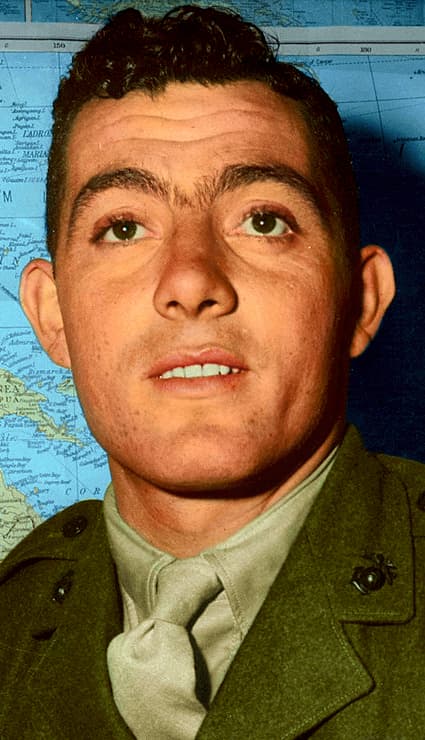U.S. Navy Department (March 7, 1945)
CINCPOA Communiqué No. 291
Attacking in all sectors of the line the Marines on Iwo Island advanced against heavy enemy resistance on March 7 (East Longitude Date). In the 5th Marine Division sector on the west flank, our forces moved forward about 500 yards on the left with lesser gains in the center and right. The 3rd Division in the center advanced about 588 yards at one point after engaging the enemy in hand-to-hand fighting. Advances of 100 to 200 yards were reported in local areas of the 4th Division sector on the east. The enemy continued to resist with intense small arms and machine gun fire throughout the day.
Carrier aircraft made bombing and rocket attacks on targets on Chichi Jima and Haha Jima in the Bonins on March 6 and 7.
Favorable weather conditions continue and unloading of supplies is progressing satisfactorily.
A Navy Search Liberator of Fleet Air Wing One bombed and strafed two enemy cargo ships north of the Bonins on March 6.
Corsair and Hellcat fighters and Avenger torpedo planes of the 4th Marine Aircraft Wing destroyed a bridge and set buildings afire with bomb and rocket attacks on the Palaus on March 6. On the same date Marine aircraft bombed installations on Yap in the Western Carolines.
Strafing and bombing attacks were made on Ponape in the Eastern Carolines on March 6 by planes of the 4th Marine Aircraft Wing. Moderate anti-aircraft fire was encountered.

